For decades, iceberg lettuce has been a staple in American households—gracing everything from crunchy salads to juicy burgers and fresh tacos. Yet, in recent years, it’s often been overshadowed by darker, trendier greens like kale and spinach. However, this crisp and refreshing lettuce is making a well-deserved comeback among home gardeners, chefs, and health enthusiasts alike.
Loved for its signature crunch, mild flavor, and refreshing bite, iceberg lettuce (Lactuca sativa var. capitata) is more than just filler—it’s a versatile, low-calorie vegetable that’s easy to grow, delicious to eat, and surprisingly good for you. Whether you’re cultivating it in your backyard or adding it to your favorite American recipes, iceberg lettuce remains an all-time classic that deserves a permanent spot in your kitchen.
1. What Is Iceberg Lettuce? A Cool Crop with a Cool History
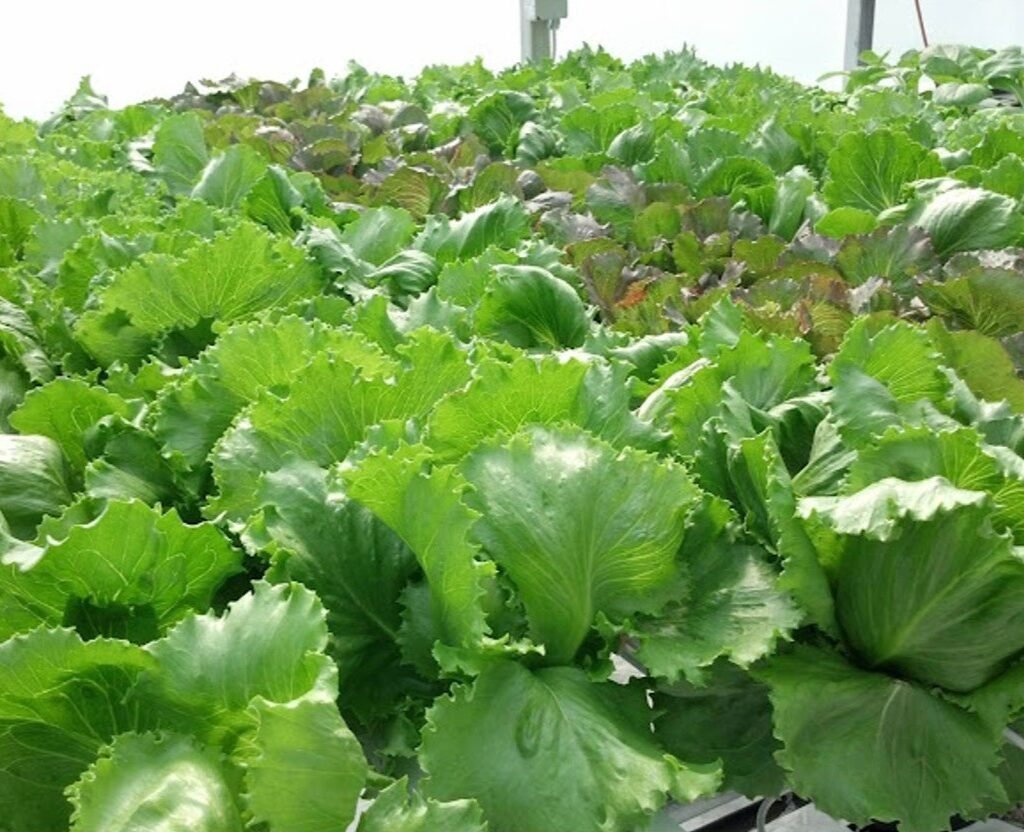
Iceberg lettuce, also known as crisphead lettuce, earned its name from the way it was originally shipped across the U.S. in the early 1900s—packed in ice to keep it fresh during long train journeys. Its firm, tightly packed head and pale green leaves set it apart from other lettuces like romaine or butterhead.
Botanical profile:
- Scientific name: Lactuca sativa var. capitata
- Family: Asteraceae (daisy family)
- Type: Annual, cool-season vegetable
- Native to: Mediterranean region
- USDA zones: Best grown in zones 4–9
Because of its crisp texture and neutral taste, iceberg lettuce became an instant favorite across the U.S., especially in classic American dishes like wedge salads, BLTs, and diner-style burgers.
2. Nutritional Value: More Than Just Crunch
While iceberg lettuce is often criticized for being “low in nutrients,” that reputation doesn’t tell the full story. This refreshing green is low in calories, hydrating, and rich in certain vitamins and minerals that contribute to overall wellness.
Nutritional highlights (per 100g):
- Calories: 14
- Water content: Over 95%
- Fiber: 1.2g
- Vitamin K: 17% of the daily recommended value (supports bone and heart health)
- Vitamin A: 10% of the daily value (good for skin and vision)
- Folate: Important for cell growth and repair
- Electrolytes: Contains potassium and calcium for hydration and muscle balance
Its high water content makes iceberg lettuce a natural hydrator, perfect for hot American summers. For those on low-calorie or keto diets, it’s an ideal addition that provides volume and crunch without adding carbs or fat.
3. How to Grow Iceberg Lettuce in the U.S.
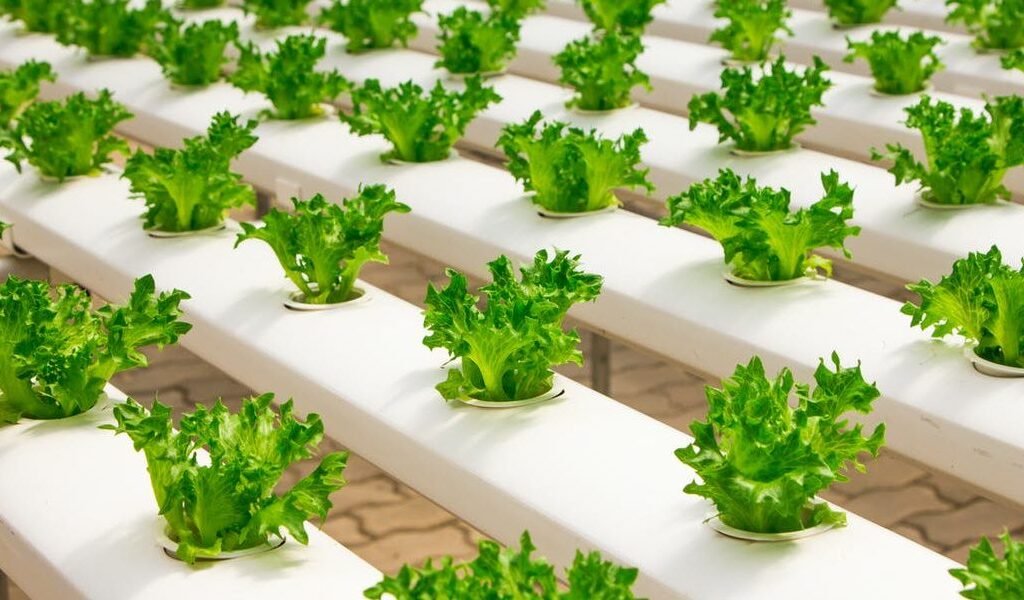
Iceberg lettuce may look fancy, but it’s surprisingly easy to grow—even for beginners. It thrives in cool weather, making it perfect for spring and fall planting across most parts of the country.
a. When to Plant
- Spring planting: 2–4 weeks before the last frost
- Fall planting: 8–10 weeks before the first expected frost
In warmer states like California, Arizona, and Florida, it’s best to grow iceberg lettuce during the cooler months of late fall through early spring.
b. Soil and Sun Requirements
- Soil type: Loose, fertile, and well-drained
- pH level: Slightly acidic to neutral (6.0–7.0)
- Sun exposure: Full sun to partial shade
Adding compost or organic matter helps improve soil texture and moisture retention.
c. Planting Tips
- Direct sow seeds ¼ inch deep and space them about 12 inches apart.
- Keep the soil consistently moist—lettuce roots are shallow and can dry out quickly.
- Thin seedlings to allow enough airflow and prevent disease.
For home gardeners in hot regions, mulching and light shading can protect the plants from wilting or bolting too early.
d. Growing Indoors or in Containers
If you live in an apartment or have limited garden space, iceberg lettuce grows beautifully in containers or raised beds. Use a wide pot (at least 10 inches deep) and ensure it has good drainage. Place it in a sunny window or balcony, and you’ll enjoy fresh, homegrown lettuce within weeks.
4. Harvesting Iceberg Lettuce the Right Way
You’ll know it’s time to harvest when the heads feel firm and compact, usually about 70–90 days after planting. Cut the head off at the base using a clean knife. Be careful not to damage the outer leaves if you want to prolong the plant’s life.
If you prefer tender, young lettuce, you can harvest outer leaves earlier for continuous picking while allowing the center to mature.
Pro Tip: Harvest in the early morning when the leaves are crisp and full of moisture.
5. Storing and Preserving Freshness
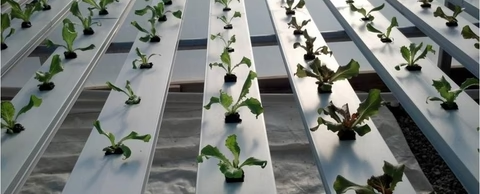
Iceberg lettuce is famous for its long shelf life compared to other greens. Here’s how to keep it crisp for days:
- Refrigerate immediately after harvest or purchase.
- Store the head in a plastic or reusable produce bag with a paper towel to absorb moisture.
- Avoid washing until you’re ready to use it.
Properly stored, iceberg lettuce can last up to two weeks in the refrigerator—making it a top choice for meal prep and busy households.
6. Delicious Ways to Enjoy Iceberg Lettuce
Iceberg lettuce shines in both raw and cooked dishes. Its crisp texture and refreshing flavor make it one of the most versatile greens in American cuisine.
a. Classic Wedge Salad
Cut a head of iceberg into quarters, drizzle with creamy blue cheese dressing, sprinkle with bacon bits, and top with chopped tomatoes. It’s a retro favorite that never goes out of style.
b. Lettuce-Wrapped Burgers
For a low-carb twist, swap out the bun for crisp iceberg leaves. It adds crunch and freshness to any burger or sandwich without the extra calories.
c. Taco and Wrap Shells
Use whole leaves as taco shells or wrap bases for a lighter, gluten-free option. Perfect for chicken, shrimp, or veggie fillings.
d. Stir-Fries and Soups
Add chopped iceberg lettuce at the last minute to Asian stir-fries or soups—it softens slightly but retains its delightful crunch.
e. Juicing or Smoothies
Blend iceberg lettuce with cucumber, apple, and lemon for a refreshing detox drink that hydrates and revitalizes.
7. Iceberg Lettuce vs. Romaine and Other Greens
Each lettuce variety offers its own unique benefits, but here’s how iceberg compares to the rest:
| Type | Texture | Flavor | Nutrient Density | Best For |
|---|---|---|---|---|
| Iceberg | Crisp & crunchy | Mild & refreshing | Moderate | Salads, burgers, wraps |
| Romaine | Crunchy ribs, soft leaves | Slightly bitter | High | Caesar salads |
| Butterhead | Soft & tender | Mild & buttery | High | Wraps, delicate salads |
| Leaf lettuce | Loose & ruffled | Sweet or peppery | High | Mixed salads |
While iceberg might not be as nutrient-dense as darker greens, its texture and versatility make it indispensable for adding crunch and freshness to meals.
8. Health Benefits You Might Not Expect
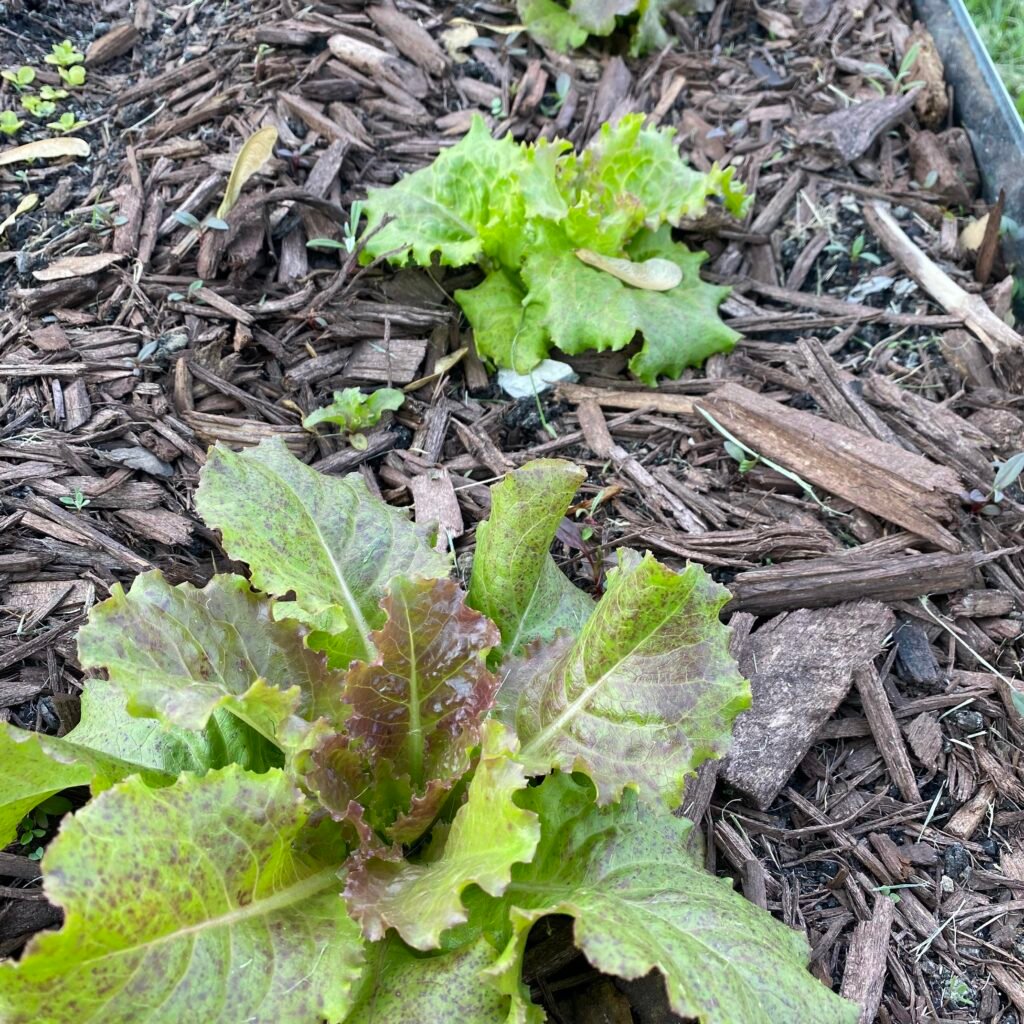
Beyond hydration and low calories, iceberg lettuce offers subtle but important health benefits:
- Supports digestion: Its fiber content aids bowel health and prevents bloating.
- Aids weight management: Low calorie and high volume—ideal for portion control.
- Boosts hydration: With 95% water, it helps maintain electrolyte balance.
- Heart health: Contains folate and potassium, which support cardiovascular function.
When combined with other vegetables and proteins, iceberg lettuce forms the foundation of a balanced, nutrient-rich meal.
9. Sustainability and Growing Popularity in the U.S.
As more Americans embrace home gardening and sustainable living, iceberg lettuce is regaining popularity. It grows quickly, requires minimal care, and can be harvested multiple times in a season.
Many U.S. farmers, especially in California’s Salinas Valley, are also turning to more sustainable lettuce farming methods—reducing pesticide use and improving soil health. For home gardeners, growing your own iceberg lettuce means fewer food miles, fresher produce, and zero packaging waste.
10. Why Iceberg Lettuce Deserves a Comeback
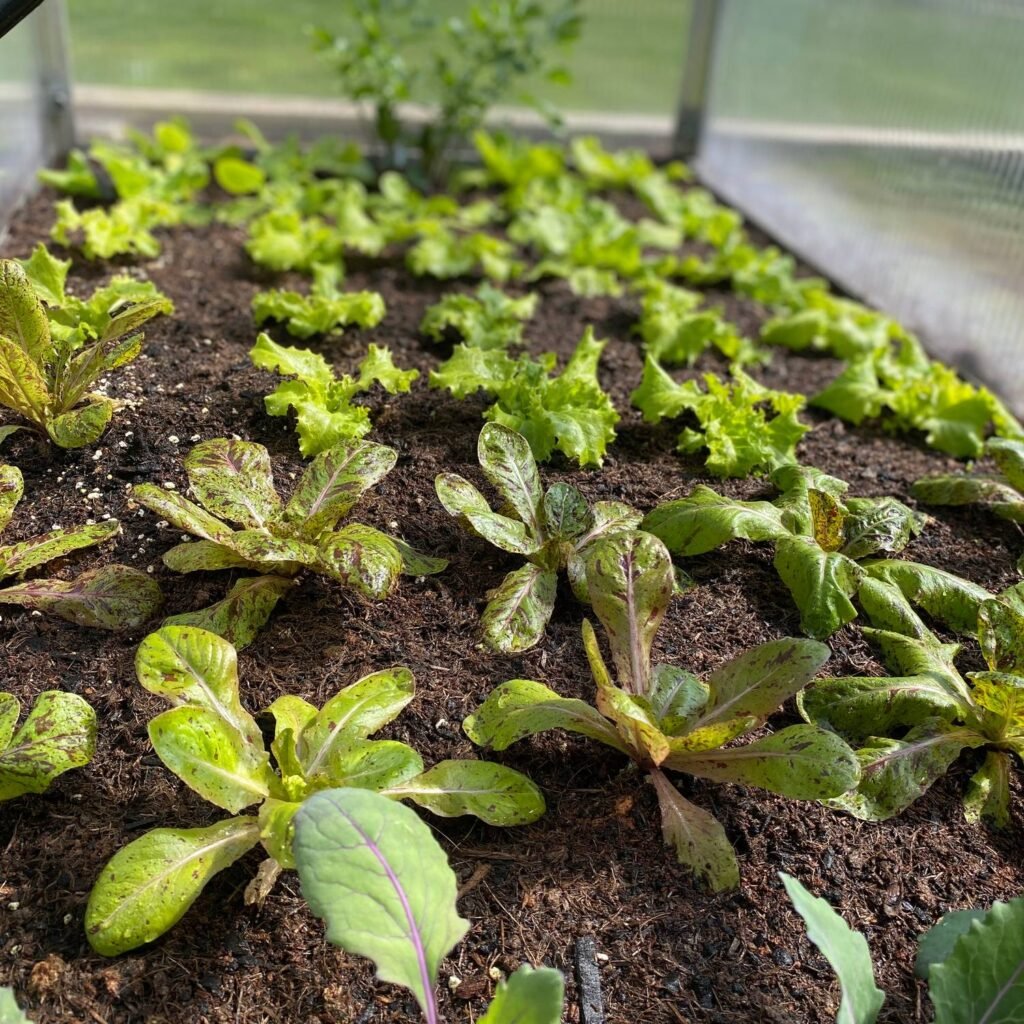
It’s time to rethink iceberg lettuce. Sure, it’s not as dark green or trendy as kale, but it offers something those greens can’t—a refreshing crunch, long shelf life, and unbeatable versatility. It’s the foundation of countless American classics and a reliable, easy-to-grow crop for any home gardener.
So next time you’re at the grocery store or in the garden center, don’t overlook that firm, pale-green head of lettuce. Whether you toss it in a salad, wrap it around your favorite fillings, or layer it on a sandwich, iceberg lettuce brings crisp simplicity back to the table..
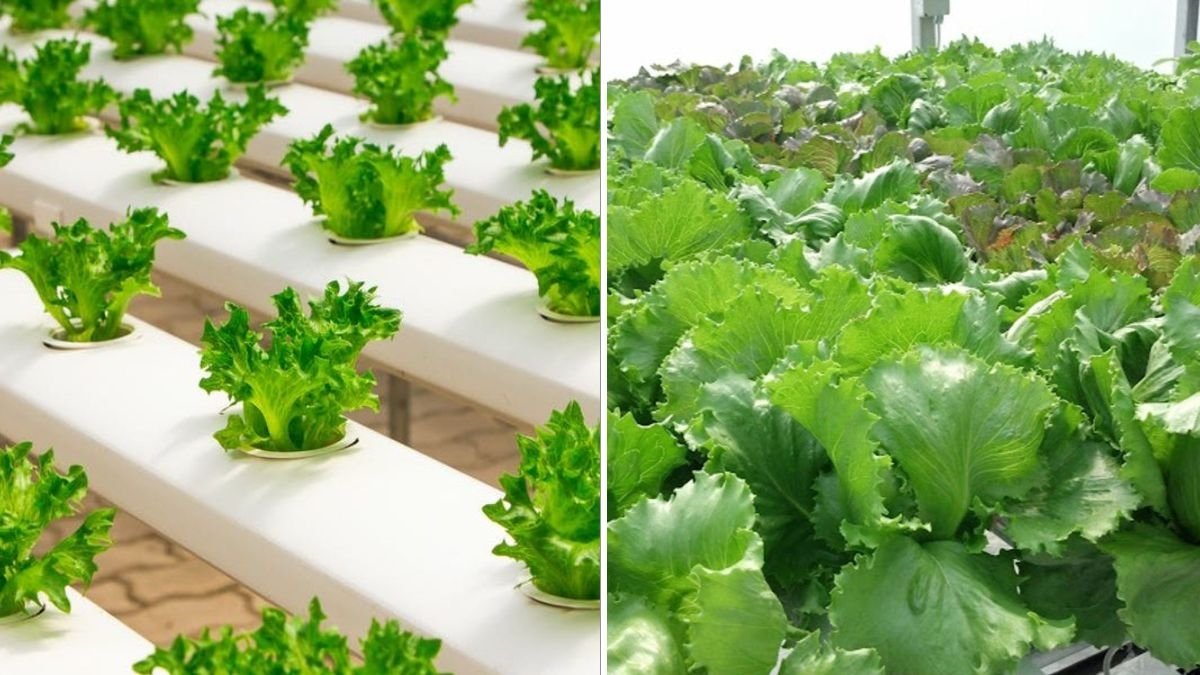





Leave A Comment